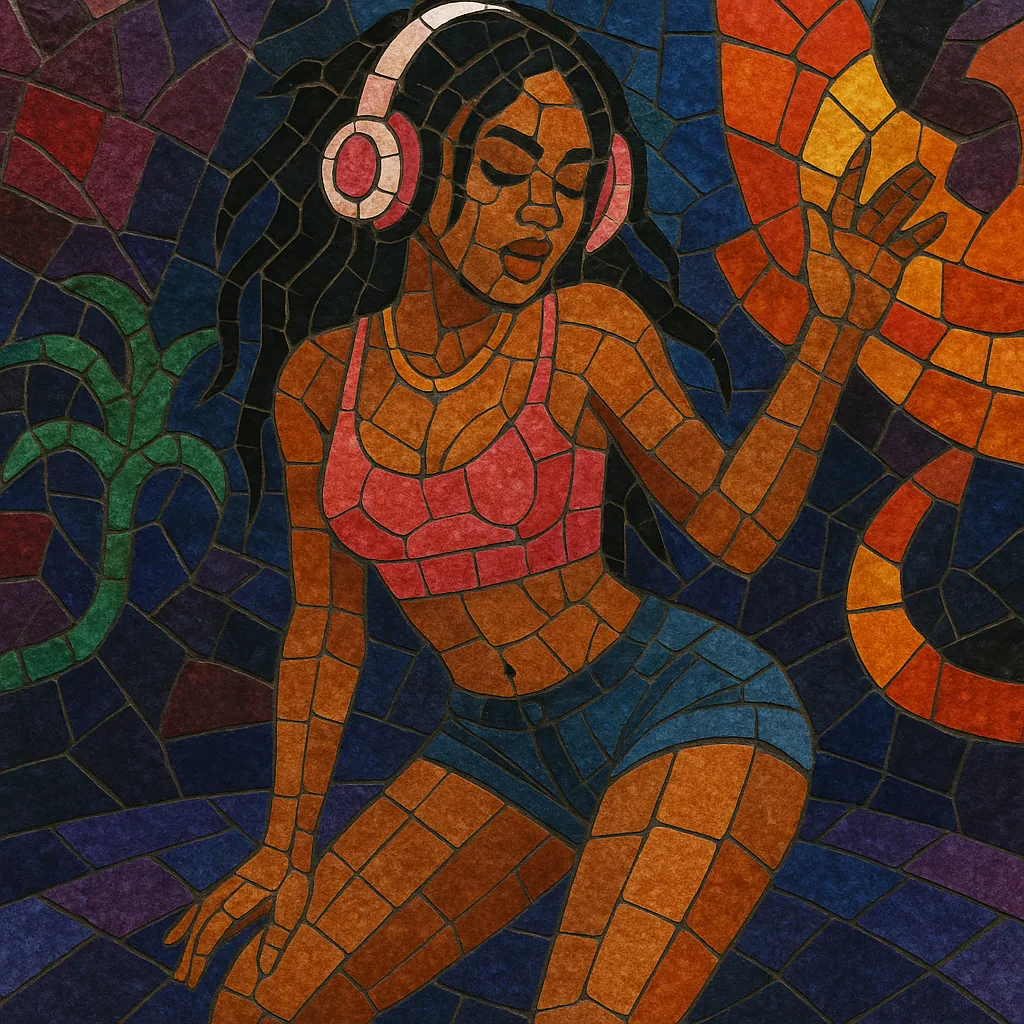Neoperreo is a 2010s, internet-native reboot of reggaeton’s perreo culture, spearheaded by a DIY, club-oriented scene that embraces queer, feminist, and body-positive values. It keeps the genre’s dembow backbone while pushing sound design into heavier 808s, crisp digital percussion, and glossy autotuned vocals.
Aesthetically, it borrows from global/experimental club currents, moombahton’s mid-tempo thump, and hyperpop’s online sensibility, yielding tracks that are minimal yet hard-hitting, hooky but adventurous. Neoperreo thrives in parties, YouTube/SoundCloud ecosystems, and pop-up scenes across Latin America, Spain, and the diaspora—designed first and foremost for the dancefloor and for perreo.
Neoperreo emerged in the mid-to-late 2010s as Latin American artists—especially in Chile—revitalized reggaeton with a DIY, internet-first ethos. Tomasa del Real popularized the term “neoperreo,” building a party/label ecosystem that connected scenes in Chile, Mexico City, Los Angeles, and Spain. Early releases circulated on SoundCloud and YouTube, pairing dembow grooves with raw, neon-lit visuals and self-styled fashion.
From the outset, neoperreo was inclusive and club-centric: queer-friendly dance spaces, body-positive performance, and a focus on dancers as much as on performers. The sound drew on dembow and dancehall foundations while absorbing moombahton’s tempo, deconstructed club’s sound-design risks, and hyperpop’s net-native aesthetics.
By 2018–2020, neoperreo parties and collectives had become regular fixtures across Latin America and Europe, with DJs and vocalists collaborating across borders. Producers refined a punchy, sub-heavy mix—sparse harmonies, catchy toplines, and massive low end—tailored for perreo floors. Media attention and streaming playlists helped translate the movement’s underground momentum into broader urbano spaces.
In the 2020s, neoperreo continues to influence regional variants (notably in Chile and Mexico) and to intersect with latin trap, pop, and experimental club. It remains a space where independent artists can test bolder rhythmic edits, vocal processing, and performance styles while staying rooted in perreo’s social dance culture.


